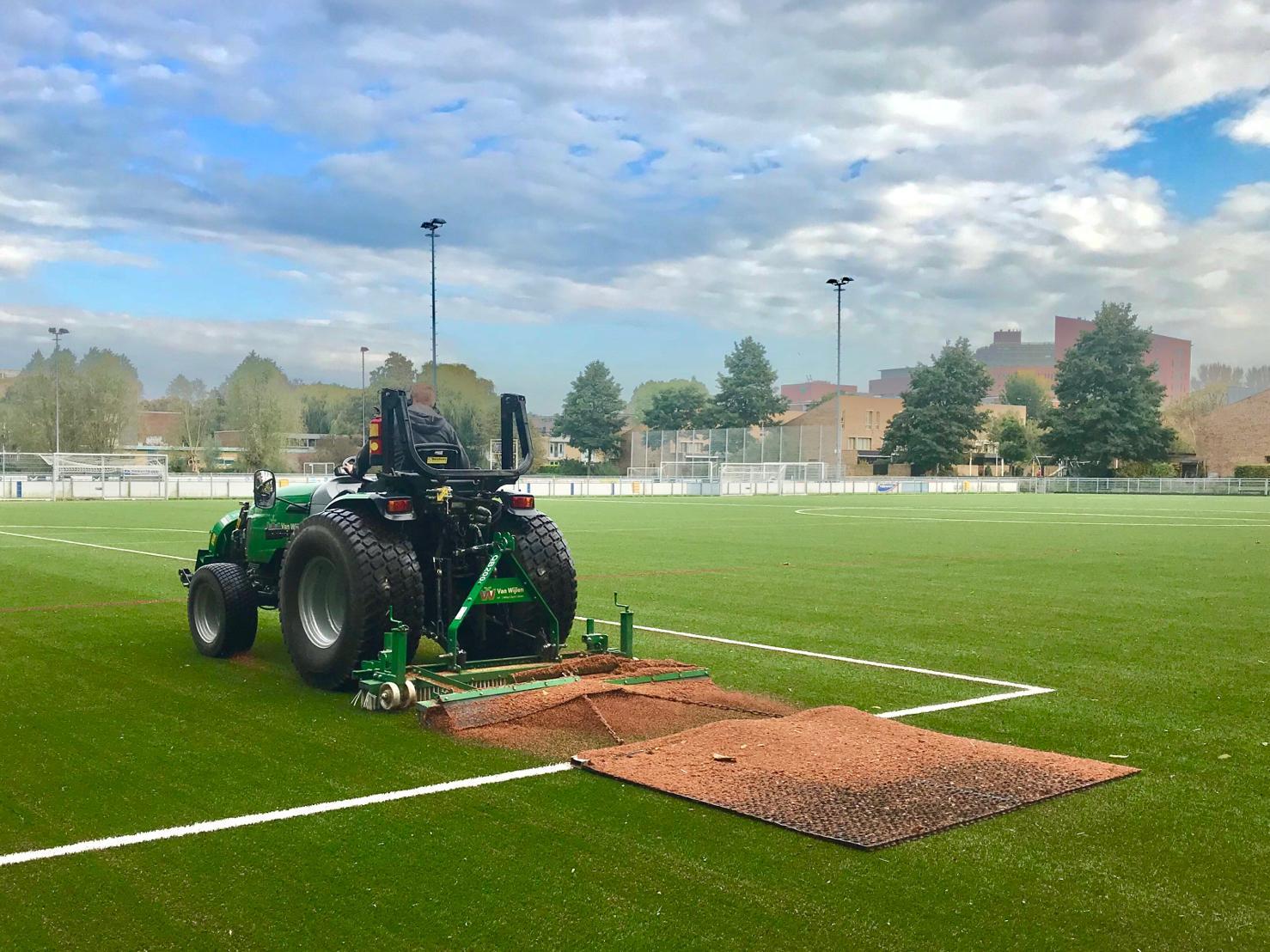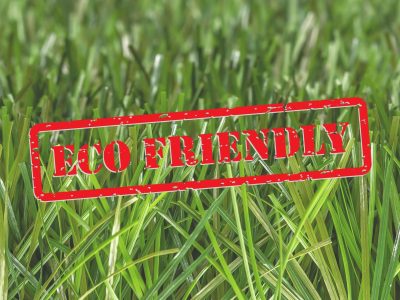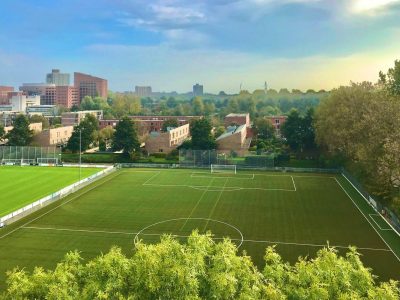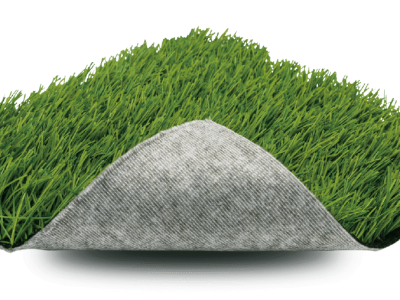8th Edition
- 06/03/2020



Welcome to CCGRASS Turf Matters
Keeping you up to date with news, information, option and things artificial turf.
MICRO-PLASTIC UPDATE
For many years recycled rubber crumb, or SBR, as it is correctly called, has been used as an infill in 3G pitches. Its characteristics have repeatedly been proven to be ideal for this kind of application, and are used in the vast majority of football pitches installed since the late 90s. However, their future use is in question, as SBR is a microplastic and the use of microplastics is now being challenged.
SBR infill consists of small particles normally in a size range of 0.5-2.5mm. This means they are very small and tend to get into players shoes, clothing, hair and stick to damp skin. This means that small amounts leave the pitch with every player. More is also lost if the synthetic turf runs up to the fence, where it can bounce or fly out of the fibres and through the mesh, after being disturbed by players or maintenance equipment. When a field is brushed, SBR can be taken out in the bristles of brushes and tread of tyres. After many years accepting this as the norm, the loss of microplastics from the pitch has become a problem that needs addressing.
The first and hopefully best plan is containment. By installing solid barriers around the pitch, to prevent SBR “splashing” out, it can be successfully contained within the playing area. The introduction of grids at all gates can capture SBR on players boots and of maintenance equipment as it leaves the pitch. Simple hand brushing of players’ socks and other clothing can ensure the SBR drops back where it belongs.
Another way to combat the impact of SBR loss is to reduce the amount used. This is possible using shorter pile surfaces. A typical 60mm surface uses around 120 tonnes per football field. In contrast, a 40mm surface needs half this amount, which equates to 60 tonnes used, and 60 tonnes not needed. By increasing the number of fibres in a shorter pile surface, further containment is achieved.
But lower pile surfaces need shockpads to reach the correct playing characteristics and this costs a little more. It now becomes a financial question as much as an environmental one. Are we prepared to pay more for a pitch if we can reduce the reliance on microplastics, as well as put in barriers and systems to contain SBR infill within the fields fencing system? If we don’t adapt we may see SBR and other microplastic infills banned from sports surfaces.

Read more..
THIS WEEKS PRODUCT REVIEW
This week we are looking at our most eco-friendly backing product – PRT.
A 100% recyclable artificial grass.
Read more..

CCGRASS SUPPLIES FIRST PRT FIELD TO EUROPE
When the City of Den Haag, the Netherlands, selected the new CCGrass PRT backing for their latest football field, they did so knowing that the entire field was recyclable, at end of life.
Read more..





